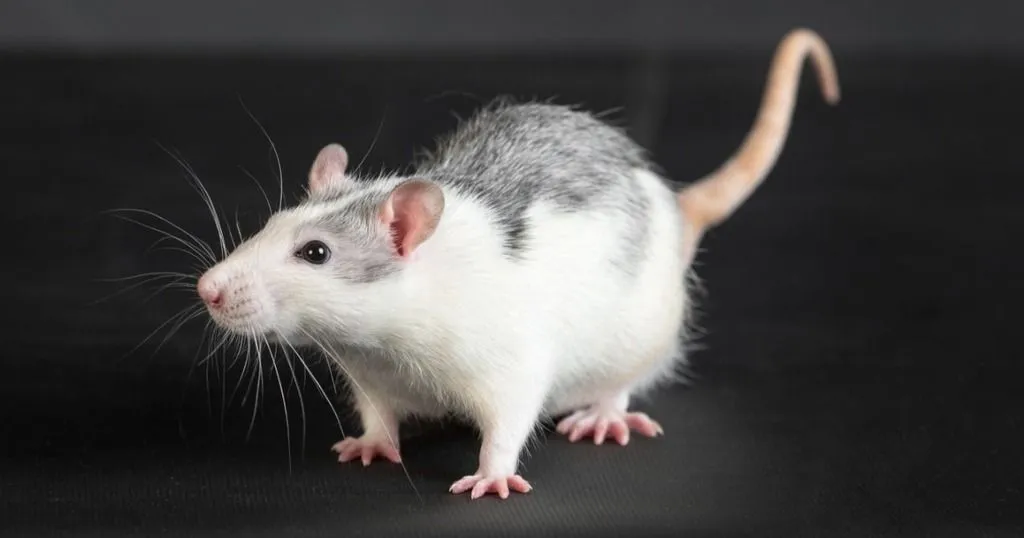Gait analysis after a bone fracture
Recovery after a bone fracture is more than just healing bone and soft tissue. Research on gait analysis is necessary in order to improve knowledge about bone regeneration and rehabilitation after lower extremity fractures!
Posted by
Published on
Wed 06 May. 2020
Topics
| CatWalk XT | Gait | Gait Analysis | Locomotion | Mice |
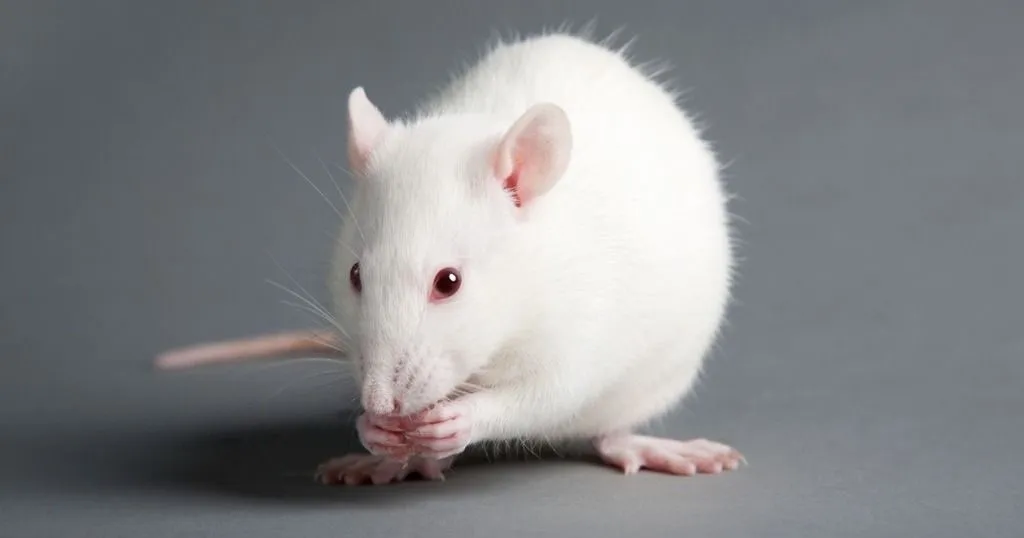
Recovery after a bone fracture is more than just healing bone and soft tissue. A very important factor is the regeneration of mobility, especially for the quality of life in patients with lower extremity fractures.
In contrast to the gaining clinical interest in gait analysis during the rehabilitation of patients with fractures, gait analysis is still only rarely used in the most common small animal fracture healing models in experimental research.
Recently, Hofman et al. were the first to use the CatWalk XT system to establish an accurate gait analysis method for fracture healing research in small animal models and evaluate the influence of a lower extremity fracture on gait pattern [1].
Why the CatWalk XT system
Hofman et al. concluded that the CatWalk XT system offers big advantages compared to treadmill-based gait analysis in small animals:
1) the CatWalk XT system uses a runway set-up, which resembles the normal gait of animals;
2) with the CatWalk XT system both static and dynamic gait parameters can be evaluated in one analysis;
3) when the animals are trained well, the registration of the CatWalk XT system is very accurate, providing clinically relevant and extensive data on gait behavior.
RESOURCES: Read more about CatWalk XT
Find out how CatWalk XT is used in a wide range of studies and how it can elevate your research!
- Free white papers and case studies
- Customer success stories
- Featured blog posts
Femur fracture recovery measurements
After training the animals in the CatWalk XT runway for 2 weeks, they performed a baseline gait analysis with Sprague-Dawley rats. After intramedullary stabilization, they induced an isolated femur fracture on the right side. Over a period of 3 months, gait analysis were performed at DPO (days post-operative) 3, 7, 14, 28, 42, and 84 with the CatWalk XT system.
They evaluated different static and dynamic gait parameters (e.g. intensity, print area, stand duration, duty cycle, and swing speed) and compared the injured side to the baseline measurements and to the uninjured side of each animal [1].
Bone healing in rats
With radiological evaluation, they confirmed the consolidation of the fractures (healing) in all animals at DPO 42. In the first 2 weeks after fracture induction, the fractured hind leg demonstrated significantly reduced values for all gait parameters, compared to baseline values. These values normalized to baseline values during the later period of fracture healing for almost all parameters. They observed similar pattern also when comparing injured hind leg to the uninjured one [1].
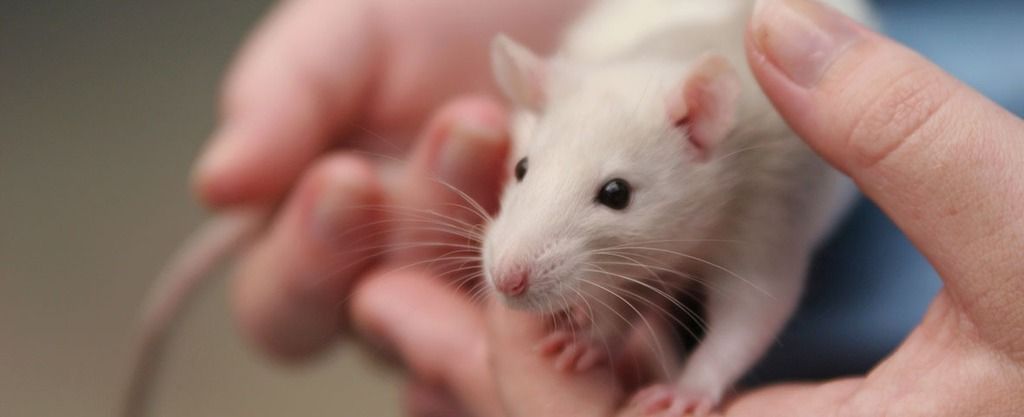
Clinical interest in gait analysis
Gaining data on post-traumatic or -operative gait patterns are very important to evaluate the recovery of patients after lower extremity fractures. Therefore, it is gratifying to see that the clinical interest in gait analysis after lower extremity fractures is increasing.
Expand experimental gait research
On the other hand, because ca. 50 % of all animal fracture healing studies are performed in small animal models [2], it is also necessary to gain experimental research data on gait analysis.
The results from the study of Hofman et al. showed a close association between the normal fracture healing process and the normalization of the gait parameters in this model [1]. Also Archdeacon et al. showed similar results in a clinical study of patients with femoral fractures [3]. This and other study groups emphasized the importance of gait dysfunction in short- and long-term functional outcomes [3-8]. Accordingly, Hofman et al. demonstrated that the gait patterns of rats resemble those of patients with lower extremity fractures, although the healing process, and thus the impaired mobility lasts longer in human beings [1].
Non-invasive, longitudinal testing
Hofman et al. concluded that the CatWalk XT system is practicable and useful to assess both static and dynamic gait parameters in a non-invasive, longitudinal manner in an experimental small animal model of fracture healing. Their pre-clinical findings are in line with clinical observations in patients with lower extremity fractures [1]. Therefore, this system has the potential to become a standard gait analysis method in fracture healing research in experimental small animal models, improving knowledge about behavioral and locomotor recovery after lower extremity fractures.
RESOURCES: Read more about CatWalk XT
Find out how CatWalk XT is used in a wide range of studies and how it can elevate your research!
- Free white papers and case studies
- Customer success stories
- Featured blog posts
References
1. Hofman M, Kolejewska A, Greven J, et al. Gait analysis and muscle weight analysis after lower extremity fractures in a small animal model. Gait & posture 2020; 77: 207-13.
2. Garcia P, Histing T, Holstein JH, et al. Rodent animal models of delayed bone healing and non-union formation: a comprehensive review. European cells & materials 2013; 26: 1-12; discussion -4.
3. Archdeacon M, Ford KR, Wyrick J, et al. A prospective functional outcome and motion analysis evaluation of the hip abductors after femur fracture and antegrade nailing. Journal of orthopaedic trauma 2008; 22(1): 3-9.
4. Pfeufer D, Zeller A, Mehaffey S, Bocker W, Kammerlander C, Neuerburg C. Weight-bearing restrictions reduce postoperative mobility in elderly hip fracture patients. Archives of orthopaedic and trauma surgery 2019; 139(9): 1253-9.
5. Siu AL, Penrod JD, Boockvar KS, Koval K, Strauss E, Morrison RS. Early ambulation after hip fracture: effects on function and mortality. Archives of internal medicine 2006; 166(7): 766-71.
6. Kamel HK, Iqbal MA, Mogallapu R, Maas D, Hoffmann RG. Time to ambulation after hip fracture surgery: relation to hospitalization outcomes. The journals of gerontology Series A, Biological sciences and medical sciences 2003; 58(11): 1042-5.
7. Kammerlander C, Gosch M, Kammerlander-Knauer U, Luger TJ, Blauth M, Roth T. Long-term functional outcome in geriatric hip fracture patients. Archives of orthopaedic and trauma surgery 2011; 131(10): 1435-44.
8. Frenkel Rutenberg T, Vitenberg M, Haviv B, Velkes S. Timing of physiotherapy following fragility hip fracture: delays cost lives. Archives of orthopaedic and trauma surgery 2018; 138(11): 1519-24.
Related Posts
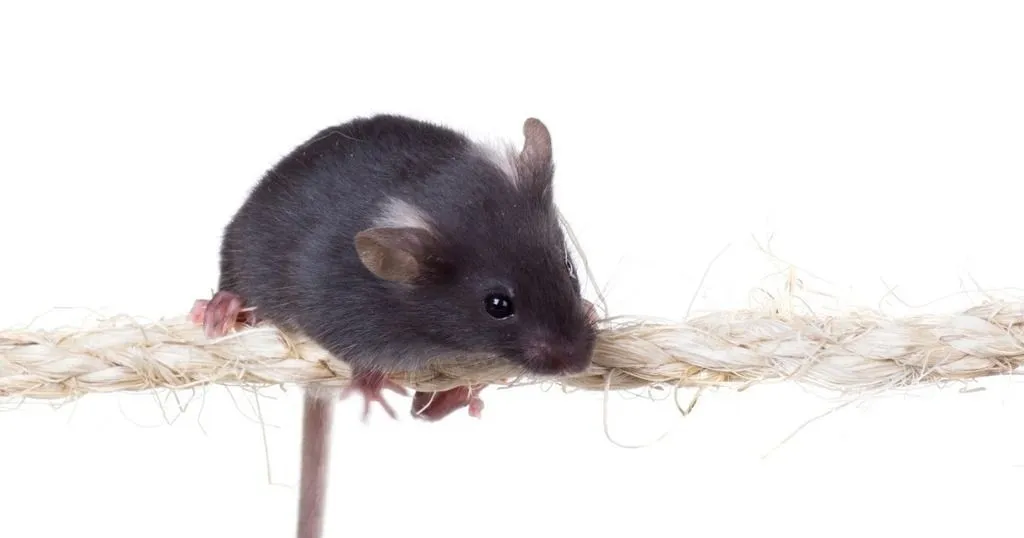
Testing motor coordination in a mouse model with muscular dystrophy
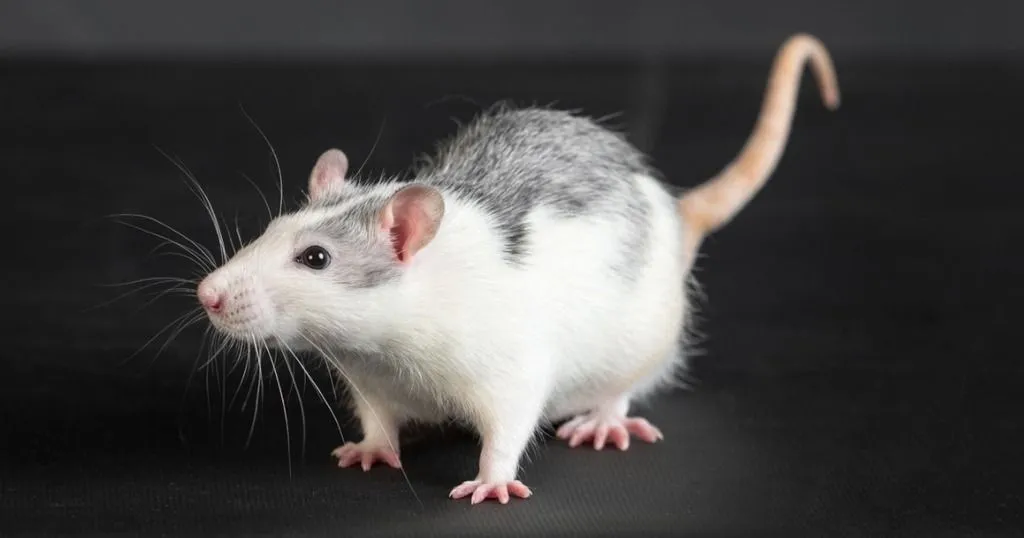
Time based relations in gait analysis
